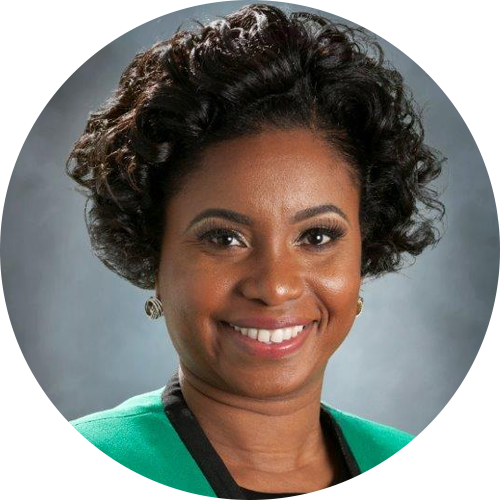Wednesday, May 17, 2017
Posted by: Courtney Duggan
In May, Congress passed a $1.1 trillion dollar Omnibus Spending Bill that would fund the government for the remainder of Fiscal Year 2017 which ends September 30. President Trump has signed it into law.
Under the constitution, federal agencies can only spend money that has been authorized and appropriated. The federal budget process starts with the president submitting a budget request to Congress for the next fiscal year which runs from October 1 to September 30. The details of the budgets for each government agency and program are then worked out by twelve appropriations subcommittees in each chamber. Once each chamber has passed a budget they reconcile any differences and then vote again on identical bills. Finally, budget bills are signed by the president to become law.
That’s how the process is supposed to work, but it hasn’t worked out that way since Fiscal Year 2013. Without authorization to spend money, government agencies must shut down. To avoid a government shutdown, Congress will pass a continuing resolution, which is a bill that temporarily funds the government. The last continuing resolution funded the government from April 28 to May 5.
The omnibus bill replaces separate bills for the separate funding areas and obviates the need for additional continuing resolutions. It’s a good budget from AWHONN’s perspective. It bears little resemblance to the president’s budget blueprint for Fiscal Year 2018 released on March 13 that proposed deep cuts for non-defense discretionary spending. Here are the highlights:
- Funds Title VIII Nursing Workforce Development Programs level with Fiscal Year 2016 funding.
- National Institute of Nursing Research gets an increase of $3.8 million over Fiscal Year 2016.
- Centers for Disease Control and Prevention gets an increase of $22 million over Fiscal Year 2016 including $112 million (up from $70 million) to expand efforts to combat opioid prescription abuse and misuse.
- Substance Abuse and Mental Health Services Administration gets an additional $130.5 million over Fiscal Year 2016
- Health Resources and Services Administration gets an additional $77 million over Fiscal Year 2016
- National Institutes of Health budget increases by $2 billion over Fiscal Year 2016
The House and Senate appropriations subcommittees are already at work preparing their Fiscal Year 2018 budget bills and AWHONN has been actively working with them to see that agencies that impact nursing, women’s health, maternity and newborns are properly funded. We have communicated our support through letters to, and meetings with the staff of, House and Senate appropriations committee representatives and senators. Funding for all of the agencies and programs that impact the field of policy making with which AWHONN is concerned are considered by the House and Senate Labor, Health and Human Services, Education, and Related Agencies Appropriations sub-committees.
Achieving optimal funding isn’t certain. Getting there is a long process with which we must stay engaged. AWHONN represents your interests in the federal budgeting process, but there is a role for you as well. Constituent advocates always have the most influence on elected officials. Your knowledge of healthcare needs and delivery in your community are important for your elected officials to hear. AWHONN will be reaching out to you weigh in on the process with them as it develops. Stay tuned!





















